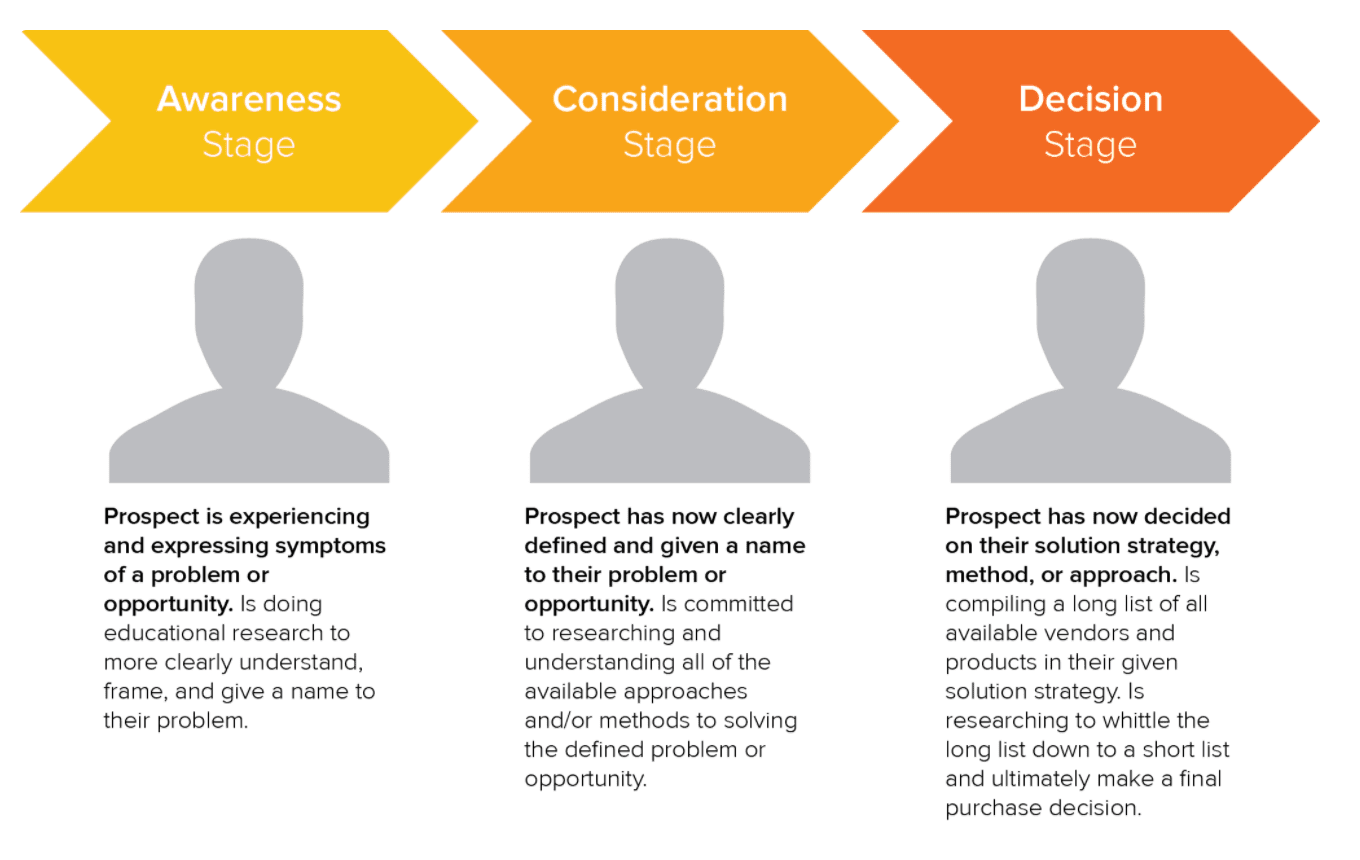The Ultimate Guide to Creating A Successful Webinar
You can use a webinar to build and nurture relationships, increase brand awareness, build authority around your brand or demonstrate a product. No doubt, the benefits of hosting a webinar are plentiful.
This guide will show you the tips and best practices to create successful webinars.
Format
You can choose the format as a single presenter, dual presenters, Q&A webinars, interview webinars, or panels.
Q&A webinars are a great opportunity to increase engagement with attendants.
Interview webinars help you build authority when you have a guest speaker who is an industry expert or thought leader.
Another option is a live panel to host a group of experts discussing a topic. You can test different formats and find the best one that works for you.
![]()
Visuals
It’s hard to engage an audience for at least an hour, especially if you’re not in the same room.
Using long texts without any visual on slides can make them yawn. You need to use less text and more visuals in your presentation. Use GIFs, images, or videos that support your key message.
However, you need to balance your visuals. Stuffing your deck with too many irrelevant visuals makes it noisy.
Add short and clear sentences whenever necessary and talk about the rest of the topic while you go along with the presentation. If you have any important stats or trends you want your audience to remember, consider using a chart, infographic, or any other data visualization tool.
As you can see in the visual below, we used survey results with stats in one of our webinars. The chart showing the survey results is related to our topic and gives key insights to the audience.
![]()
Promotion
Creating a webinar means nothing if nobody comes to hear what you have to say. Your webinar’s success depends highly on promotions. You can share your event on social media, create paid banner ads, send emails or even write a blog post promoting it. The more people reach your landing page, the more likely a high-quality lead will come through.
“33% of registrations occur the day before the webinar.” (GoToWebinar)
Engagement
Live interaction with you is a big part of your webinar’s appeal. One of the most simple methods for engaging an audience is by enabling text chat in the Q&A section.
Encourage attendants to send private questions via chat. Spend time answering their questions. In this way, you can build trust and authority. You can even generate a lead by simply answering a question.
Goals
What do you want to achieve with this webinar? Do you want to create brand awareness? Or generate revenue?
You need to identify goals and then set KPIs before you start planning. That’s how you can measure your webinar’s success when it’s over.
For example, KPIs can include increasing traffic to your website, attendance rate, or the number of qualified leads.
Customer Journey
Where does your webinar stand in your customer journey? Is it top of the funnel? Or the bottom of the funnel? It’s vital to use your webinar as an opportunity to move prospects further along the funnel.
Map out your customer journey and define which webinars fit in at which stages of the journey.

Technical issues
You need to check your internet stability, camera positioning, lighting, sound quality, and camera positioning beforehand.
Also, you need to know your webinar tools are easy to use. Chat options, poll and survey options, screen sharing, and slide decks should be checked before the event.
Follow-up
You put all this effort into the webinar, from designing a landing page to promote it on social media. And then you skip following up. This is a mistake. Think about the people who sign up but don’t attend.
Don’t forget to record your webinar. Even people who attend the webinar may ask for the recording in follow-up. You can share the recording on your social media or use it as a source of evergreen content for your website.
It’s essential that you plan a nurturing sequence after the webinar is over. You can send resources and a recording of the presentation in the first email. The other emails can include educational or promotional content, depending on the stage of the funnel at which you’re delivering the webinar.
Conclusion
Even though your webinar is free, your audience still gives you contact information. They show you they’re interested in whatever you have to say. For this reason, you need to provide valuable insights that will worth their time. If you keep hosting webinars that provide valuable information, you’ll gain the trust and loyalty of your audience and generate qualified leads.
At Response DGA, we create a digital growth marketing strategy that is not only innovative and market-leading but, most importantly, delivers commercial success. Would you like to discuss a full-funnel digital growth campaign?
Write a Comment